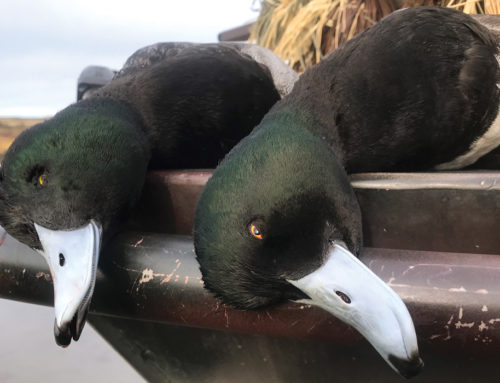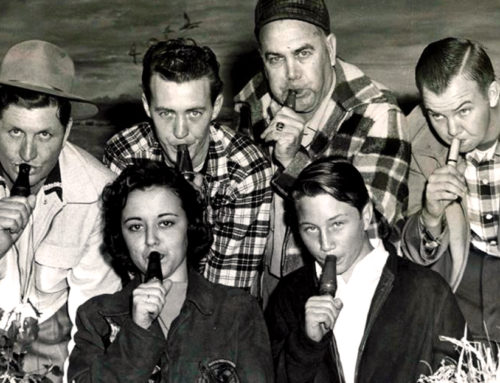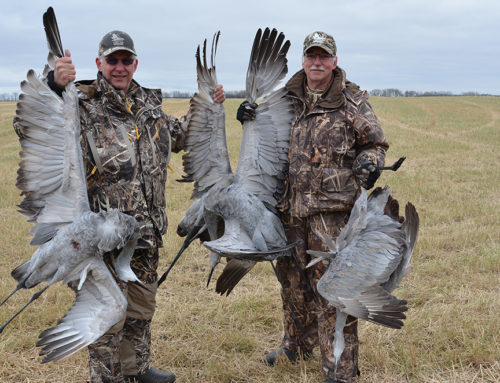Bucket List: Oklahoma Dabblers

By Kyle Wintersteen
A smart hunter kills ducks, plucks ducks and never breathes a word of it. A dumb hunter not only brags of his success, but reveals where he was — then wonders why so many extra trucks are parked at the launch.
Which is why I believe the majority of North America’s intellectual elites clearly reside in Oklahoma. How else could a state that borders such highly regarded waterfowl destinations as Arkansas and Texas fly so low under the radar? Unless, of course, those clever Okies have conspired to keep us in the dark.
Here’s what they won’t tell you:
- During the 2015-2016 season, the average Oklahoma waterfowler bagged more than 16 ducks, easily the most of any Central Flyway state. The total duck harvest was 261,600, practically half of which were mallards.
- Oklahoma offers more than 1 million acres of public hunting land, including reservoirs, the impoundments of numerous waterfowl management areas and thousands of U.S. Army Corps of Engineers watersheds.
- Eastern Oklahoma lies at the confluence of the Mississippi and Central Flyways, drawing enormous numbers of ducks. But don’t discount western Oklahoma: Though drier, its cattle ponds and other waters concentrate easily scouted birds.
- Major river systems including the Arkansas, Canadian and Red rivers serve as waterfowl corridors and provide great late-season hunting.
Oklahoma enjoys above-average teal hunting, too, but it doesn’t begin to separate itself from the flock until ring-necked ducks, gadwalls and pintails arrive en masse shortly after Thanksgiving.
“I often limit out on ringnecks before the sun is fully risen,” said an Okie speaking on condition of anonymity. “It drives my dad crazy, because the ringbills seem to fly first, and he’s a pintail and mallard guy.”
If you are likewise a fan of bull sprigs and fat greenheads, then your Sooner State getaway is most wisely planned between Christmas and mid-January when their numbers tend to peak.
It was during those dates that I found myself hunting the Arkansas River, on assignment for a magazine back when the ink on my college diploma was barely dry. Small groups of mallards — mostly singles, pairs and triples — decoyed with such consistency that we took turns shooting. The next day mallards didn’t approach our setup in twos and threes, but rather in 20s and 30s. I might have been an inexperienced journalist, but the scoop was obvious: Oklahoma’s ducks are among North America’s best-kept secrets.






Leave A Comment